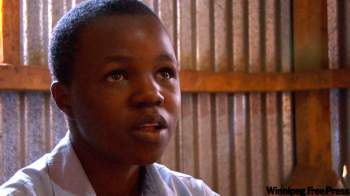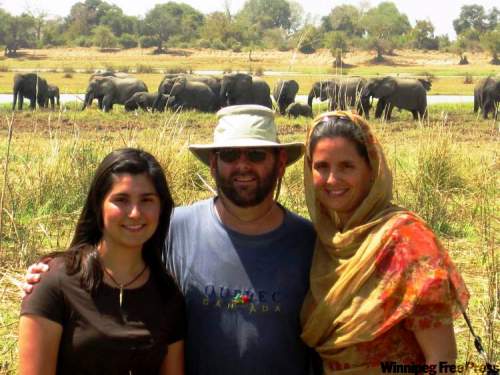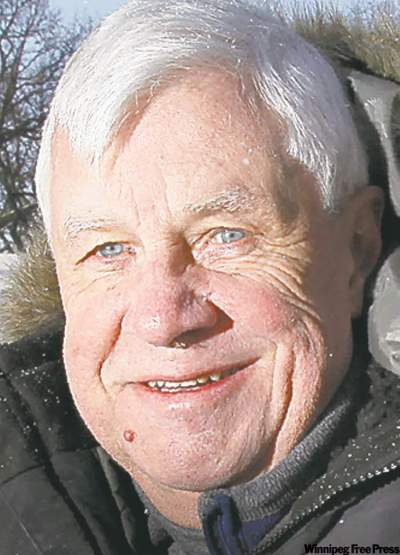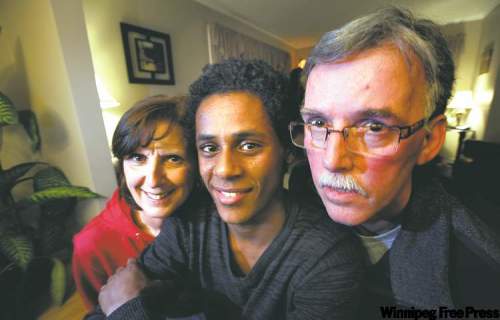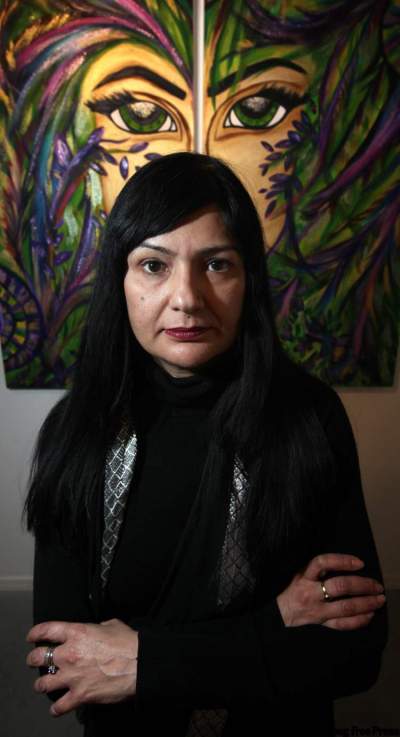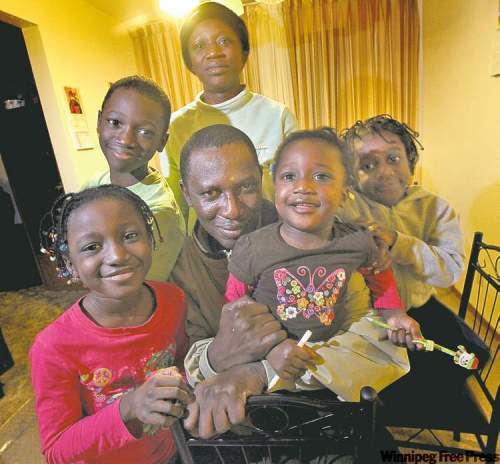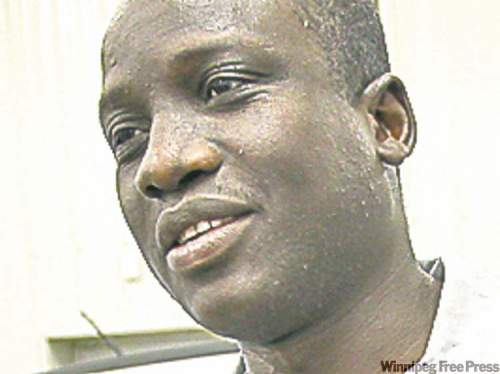Africa
Winnipeg-based organization changes lives in Kenyan slum
3 minute read Wednesday, Jan. 18, 2012Hope is often hard to come by for children growing up in one of Africa’s largest slums.
Kibera, Kenya, is only five kilometres from Nairobi city centre, and home to approximately 1 million people -- most of whom lack access to basic services including electricity and running water.
Most education centres in Kibera employ volunteer teachers on an ad hoc basis. Despite these challenges, there are some incredible things being accomplished by Winnipeg-based grassroots organizations. While the organizations themselves may be small, their impact is exponential.
No one can appreciate the impact of a grassroots organization more than Millicent Adiyo. Adiyo, 21, grew up in Kibera, dreaming of a better future for not only herself and her own family, but for her community as well.
Advertisement
Weather
Winnipeg MB
-8°C, Cloudy with wind
Look, but do NOT touch, my awesome fro
4 minute read Preview Wednesday, Jan. 18, 2012Immigration stats from A to Z
6 minute read Wednesday, Jan. 18, 2012From where do Manitoba's African immigrants hail? The Free Press takes a closer look at the statistics.
Algeria
At least 85 people have come to Manitoba since 1980, all settling in Winnipeg.
Angola
Lessons Learned: ‘Continent of extremes’ fostered new self-awareness
2 minute read Preview Wednesday, Jan. 18, 2012Lessons Learned: In Chad, ‘one learns the art of living in the moment’
2 minute read Preview Wednesday, Jan. 18, 2012U of M continues work to curb spread of AIDS in Kenya
5 minute read Wednesday, Jan. 18, 2012So much has changed, and so much has stayed the same.
A decade ago I travelled to Nairobi to see, firsthand, the work of Kenyan and University of Manitoba researchers who were studying a group of HIV-resistant sex workers. The U of M maintained a small clinic in Nairobi’s Pumwani district, a deeply impoverished place, and provided free medical treatment to both the non-infected sex workers, and those who had contracted deadly virus. In exchange, the researchers gathered valuable data on the lives and habits of the resistant women. That data has provided insight into the human immune system, and is being used in one of the world’s most promising vaccine initiatives.
But that was not all the U of M brought to Africa. The project grew, bringing public health education and preventative strategies to stop Kenyans from getting infected in the first place. It was at that time a unique approach, a blend of research, primary medicine and public health.
I met the Manitobans on the front line of the battle against HIV and AIDS. The founders of the project, doctors Allan Ronald and Frank Plummer. Researchers like Dr. Stephen Moses, who made history by linking circumcision to HIV prevention. And Kenyans like Dr. Joshua Kimani, who did much of his medical education and graduate training through the U of M and now leads the U of M’s work in Kenya.
Churches helping new Canadians settle in
5 minute read Friday, Jan. 20, 2012They were singing, swaying and praying in the pews at Crestview Park Free Methodist on Sunday morning.
Women in African print dresses and colourful headscarves waved their hands in the air. Little girls in their Sunday best skipped up the aisles. The house band lit into a hymn and the congregants raised their voices in joyous celebration. It was a typically exuberant Sunday at the small St. James church, one of dozens that attract recent African immigrants and their extended families.
These churches, some of them with a handful of celebrants and others with 100-plus attendees, form the backbone of Winnipeg’s burgeoning African community.
“One of the things our church does really well is work with immigrants,” says Scott Larson, Crestview Park’s chairman of the board. “Our church is very, very active. When African people come here, their commitment is always to make their lives better here, but to also make (better) the lives of their families back home, too.”
Leopard has found his spot
4 minute read Preview Wednesday, Jan. 18, 2012Refugees find freedom in Tom Denton’s smiling face
5 minute read Preview Wednesday, Jan. 18, 2012Kimon’s story: A Small miracle
4 minute read Preview Wednesday, Jan. 18, 2012Africa’s quiet revolutions: Change need not be big in order for it to be significant, or encouraging
4 minute read Preview Wednesday, Jan. 18, 2012African students have much to teach Canadian peers
4 minute read Preview Wednesday, Jan. 18, 2012Smell of paint, paper transports her back to Kenya
4 minute read Preview Wednesday, Jan. 18, 2012Francophone community grows
4 minute read Preview Wednesday, Jan. 18, 2012Altona feels like home
5 minute read Preview Wednesday, Jan. 18, 2012A place to practise
3 minute read Wednesday, Jan. 18, 2012WHEN Dr. Ansa de Bruyn left the eastern cape of South Africa with her husband 12 years ago, it was only for a brief stint abroad.
Many of her relatives and friends had already left -- or planned to leave -- the country they felt was unsafe. One of de Bruyn's friends spoke with a Canadian recruiter, and she said they decided to move to Brandon instead of Britain.
"We did it as an adventure," she said. "The plan initially was just to come for two years. Then we stayed, and we stayed a bit longer, and we're still here."
The emergency-room physician came to Manitoba at a time when recruiters tried to convince South African doctors to uproot to Canada and help reduce the doctor shortage in cities and towns across the country. In the last decade, Manitoba registered 309 new physicians from Africa -- the largest number of new doctors from any region outside Canada.
LOAD MORE


